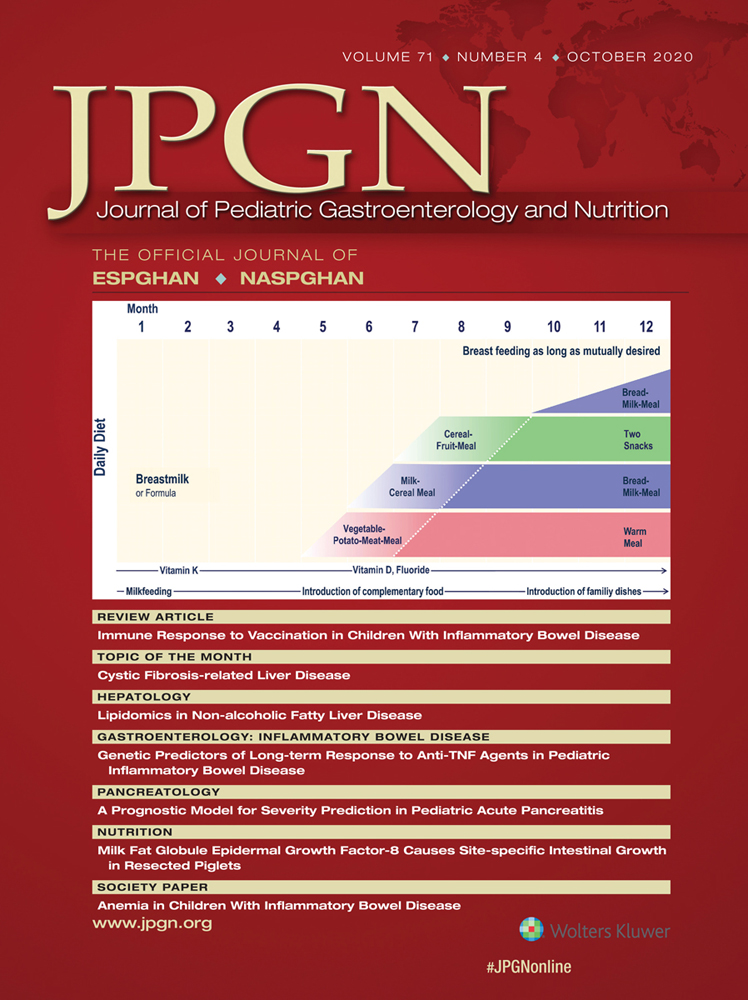Using Eosinophil Biomarkers From Rectal Epithelial Samples to Diagnose Food Protein-induced Proctocolitis
A Pilot Study
The authors report no conflicts of interest.
Supplemental digital content is available for this article. Direct URL citations appear in the printed text, and links to the digital files are provided in the HTML text of this article on the journal's Web site (www.jpgn.org).
ABSTRACT
Objectives:
The gold standard diagnostic procedure for food protein-induced proctocolitis (FPIP) requires flexible sigmoidoscopy (FS). To date there is no validated, noninvasive test to confirm FPIP diagnosis. Eosinophil-derived neurotoxin (EDN), a product of eosinophil (EOS) degranulation, has been shown to correlate with eosinophil infiltration in other tissues. Our objective was to compare EDN concentrations in rectal epithelial samples from infants with FPIP with those from a control population.
Methods:
Children who underwent routine FS at Arnold Palmer Hospital for Children were enrolled in an IRB-approved, prospective, open-label pilot study between July 2017 and May 2019. We obtained rectal epithelial samples via: rectal swab, cytology brushing through FS, and rectal biopsy through FS. We then measured EDN levels in the samples and compared levels found in infants with FPIP against levels found in the control group. FPIP was defined as more than 60 EOS per 10 high-power fields (HPF) in rectal epithelial tissue obtained via rectosigmoid biopsy.
Results:
Twenty-four patients were enrolled. The control group (n = 13) included patients with normal histopathology (84% boys, mean age 19 months, SD 6 months) and the FPIP group (n = 11) included patients with FPIP confirmed via biopsy (45% boys, mean age 6.9 months, SD 9 months). EDN concentration was significantly higher in the FPIP group than in the control group, for 2 sampling methods: rectal biopsy (183.6 ± 114.6 vs 76.6 ± 71.0 μg/mL; P = 0.010) and rectal swab (66.2 ± 64.8 vs 20.4 ± 22.2 μg/mL; P = 0.025).
Conclusions:
EDN concentrations measured from rectal swab and rectal biopsy samples is elevated and may be a useful tool to screen for FPIP in children.




